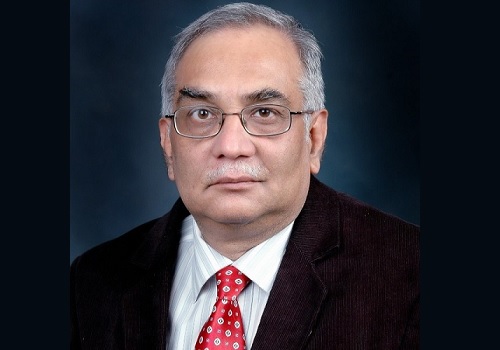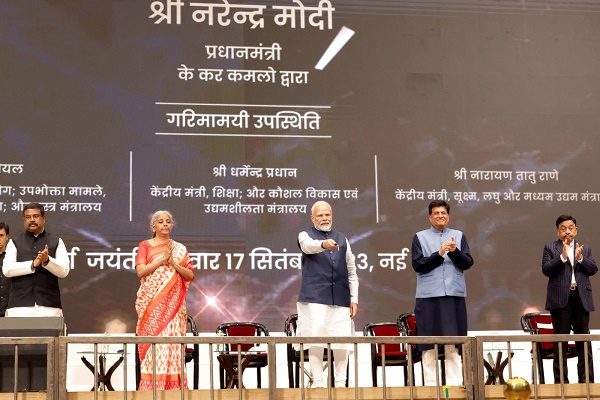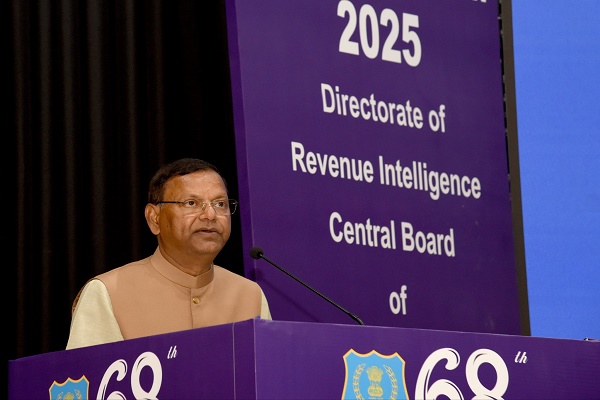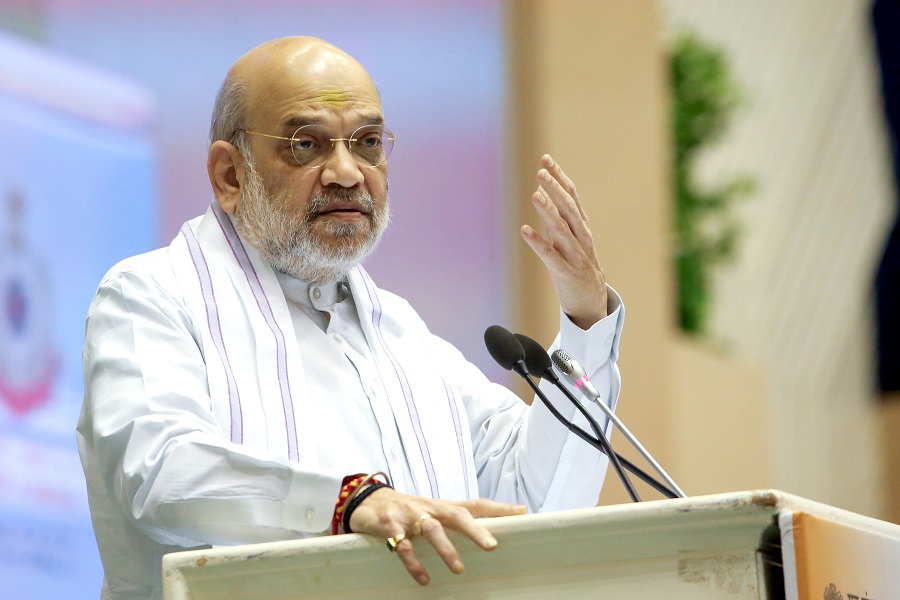Quote on India`s FY 25 Fiscal Deficit by Dr. Manoranjan Sharma, Chief Economist, Infomerics Ratings

Below the Quote on India`s FY 25 Fiscal Deficit by Dr. Manoranjan Sharma, Chief Economist, Infomerics Ratings..
Marked shrinkage in India’s FY 25 fiscal deficit for April-August at Rs 4.35 lakh crore-Way to go
India’s deficit and debt dynamics imperil the macro-economy. While “fiscal policy plays a much more expansive role (than monetary policy), as fiscal structural policies affect growth, competitiveness, and the distribution of income and wealth” (Vitor Gaspar), a high fiscal deficit raises the interest burden crowding out expenditures on productive sectors, increasing the borrowing cost, and financially crowding out private investments leading to an inflationary spiral, weakening the balance of payments. There are also issues of making the financial sector reform more protracted, severely damaging the ability of future generations to meet their needs, and downgrading by rating agencies raise the cost of foreign borrowing by the private sector.
The issue of the damaging consequences of a high fiscal deficit is not unique to India; it is commonplace in most countries of the world. This is why the Director of the IMF’s Fiscal Affairs Department Vitor Gaspar cogently argues in his incisive and insightful piece in Foreign Policy “Countries around the world face a fiscal policy trilemma: pressure to increase spending, public resistance to higher taxes, and risks from rising debt levels. Countries must navigate these challenges to maintain economic stability and growth.”
There are elements of commonality and change with the world economy of the early 1980s. While global growth is wilting and the interest rate trajectory is indeterminate, climate change, demographic transition, and the fight against poverty and inequality exacerbate the situation.
In an enlightening piece published on September 16, 2024, based on a comprehensive analysis of 65 advanced and emerging market countries (EMEs) over six decades, Era Dabla-Norris, Enrico Di Gregorio, and Yongquan Cao of the IMF demonstrate that “large fiscal deficits and elevated debt levels call for greater fiscal prudence, but political forces are pulling in the opposite way.”
The Evolving Indian Scenario
In conformity with our expectations, India’s fiscal deficit for April to August 2024 came in at Rs. 4.35 lakh crore rupees. This deficit constituted 27% of the Budgetary estimates and marked a welcome reduction from the previous year’s level of 36%. Total receipt was Rs. 12.17 lakh crore rupees; overall expenditure was Rs. 16.52 lakh crore. They were 38% and 34.3%, respectively of FY 25 target. This dataset assumes greater significance in the overarching context of the government’s avowed aim of steadily narrowing the fiscal deficit to 4.9% of GDP in FY 25 vis-à-vis 5.6% in FY 24 and the compelling evidence that the process of fiscal glide path and fiscal consolidation is on. This fiscal consolidation process was facilitated by the Reserve Bank of India’s Rs 2.1 lakh crore dividend —the highest-ever dividend to the Government of India for FY 2024. Going ahead, continued tax buoyancy and realization of non-tax revenues are integral elements of a prudent fiscal policy.
Divergent State Finances-One Size Doesn’t Fit All!
The issue of India’s fiscal deficit at the Centre cannot be considered in isolation, and the fiscal deficit at the States must also be considered for a comprehensive assessment and perspective in the quest for restoring financial stability. This is important because of the reversion to the old pension scheme (OPS) by some States, the burgeoning wage and pension bills, and the extensive recourse to freebies in the process throwing all norms of fiscal balance and prudence to the winds. This disconcerting financial distress is starkly reflected in the financial woes of States like Himachal Pradesh (HP) and Punjab. For example, HP's outstanding debt rose from Rs. 88,000 crore last year to almost Rs 97,000 crore this year. In percentage terms, HP’s fiscal deficit zoomed from 3.5 % of GSDP in 2019-20 to 6.5 % in 2022-23. It needs no clairvoyance to perceive that such unsustainably mounting debt creates a future liability (interest payments and repayment of the principal). If the money so raised is dissipated in revenue expenditure, debt servicing will surge crowding out productive expenditures and lead to a vicious cycle. No wonder, then, that the State is broke with the State finding it excruciatingly difficult to pay even the salaries of its employees, red flags abound and the development expenditure has come to a grinding halt because of such fiscally unwise moves. It has to be realized the hard way that alluring politics makes bad Economics.
Similarly, Punjab is in a complete financial mess because of the double whammy of expenditure well over its fiscal space and a conspicuous absence of measures to promote internal resource generation. The crux of the issue boils down to expenditure control, efficient plan administration, and the generation of new and stable revenue streams. These elements must constitute effective planks of a judicious fiscal policy both at the Centre and the States. There has, however, to be a sharper focus on the fiscal vulnerabilities of States, where things seem to have gone beyond manageable proportions, to reduce deficits and debt down to sustainable levels and facilitate fiscal recovery. Difficult but doable with political will.
Above views are of the author and not of the website kindly read disclaimer




















